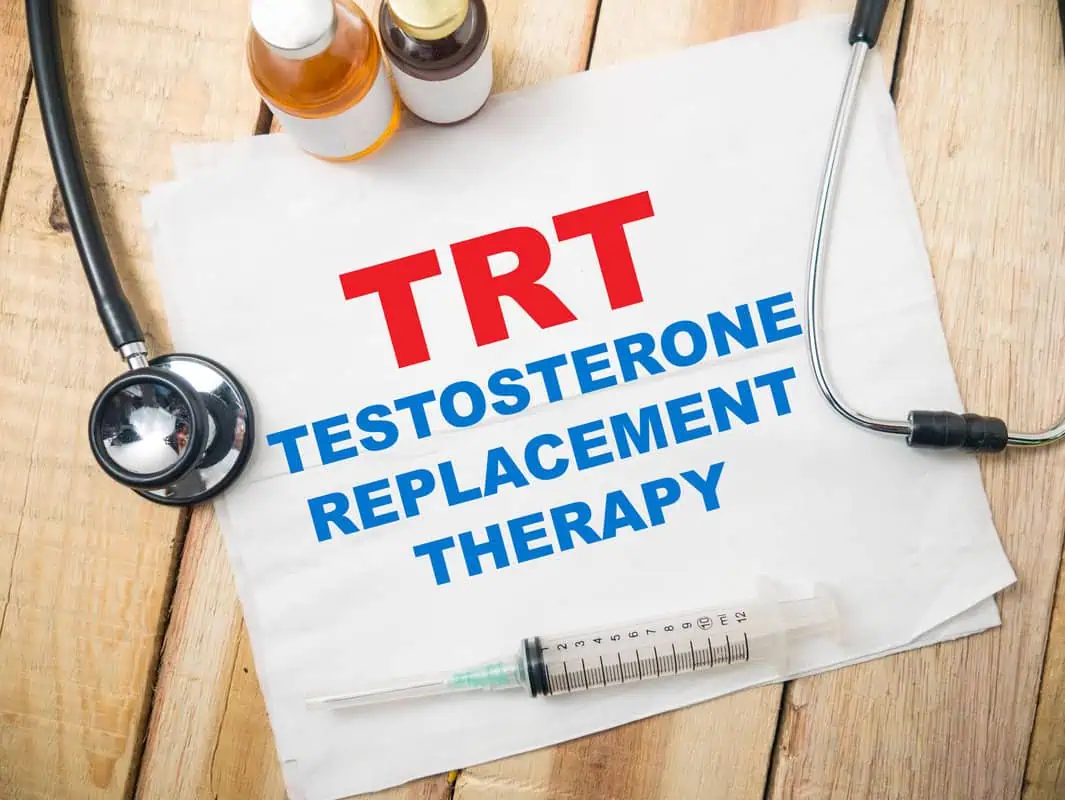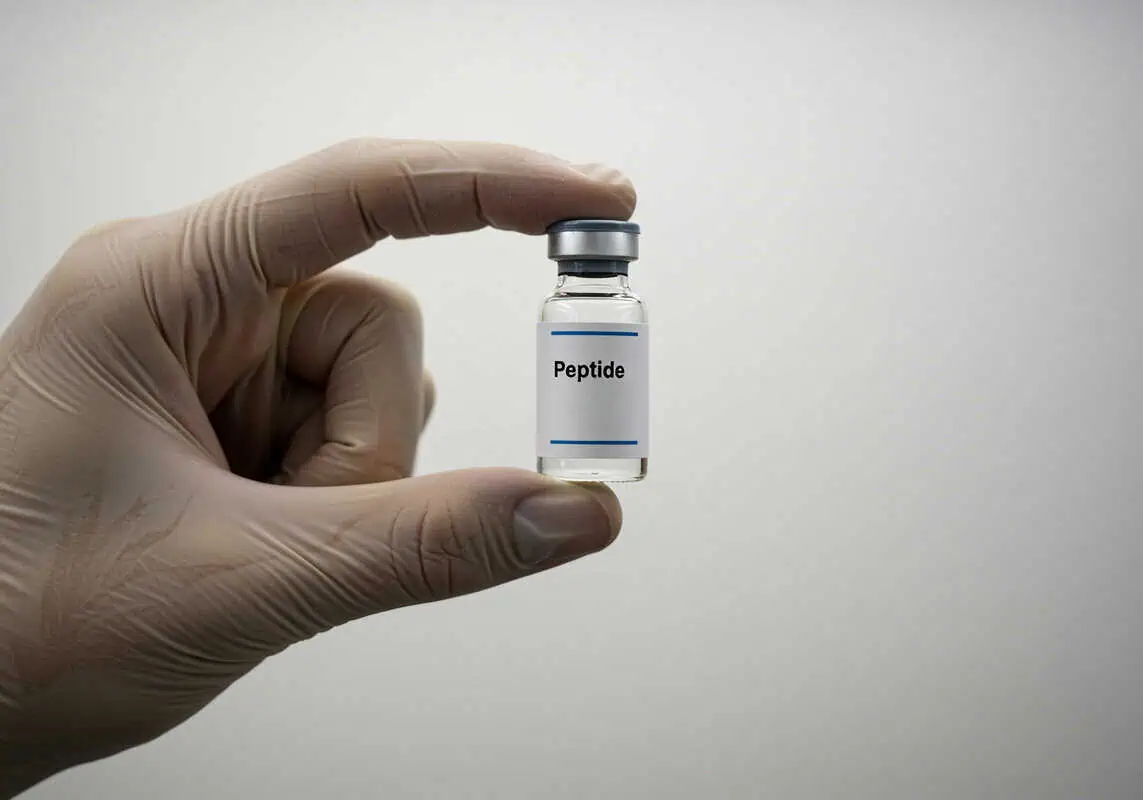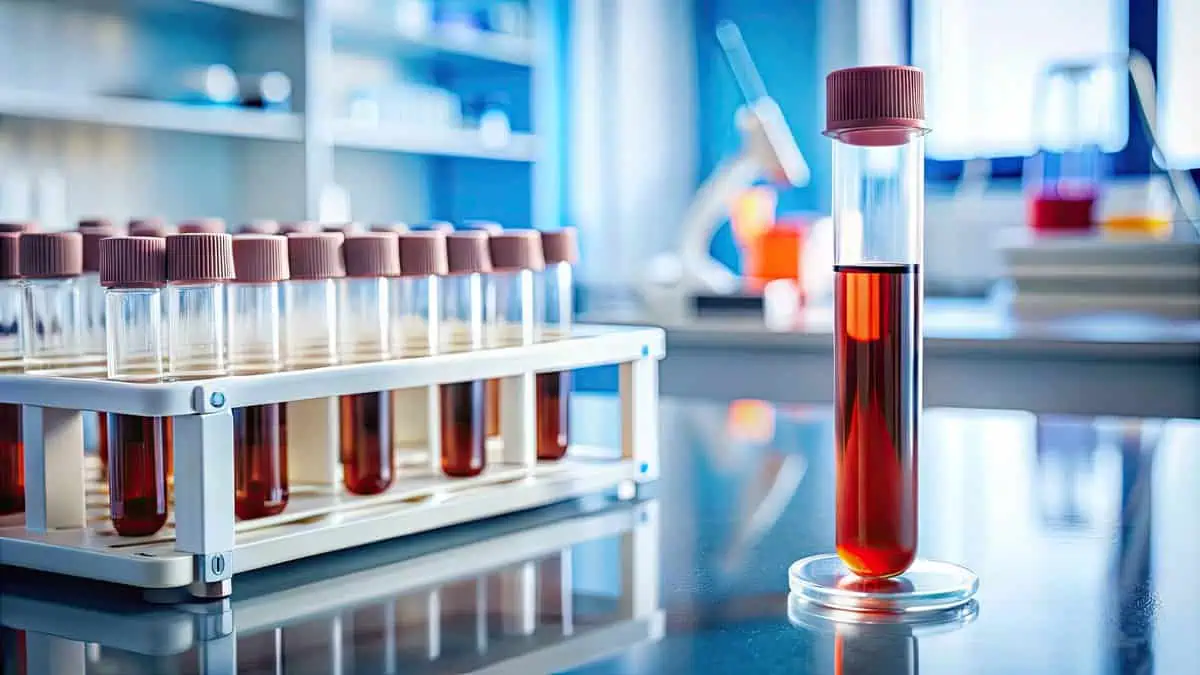Table of Contents
Peptide therapy is becoming a go-to solution for anyone looking to optimize their health and wellness in a targeted, efficient way. Whether you’re aiming to shed excess weight, build muscle, improve cognitive function, or boost immunity, peptide therapy can help you get there. However, one of the most common questions we hear is: How often should you get peptide therapy treatments? The answer depends on your goals, the peptides you’re using, and how your body responds. Let’s break it down so you can make the most of your treatment plan.
What Is Peptide Therapy?
Peptides are like the messengers of your body—short chains of amino acids that signal specific biological processes to kick into action. They’re incredibly versatile and can be tailored to address your unique needs, whether that’s improving recovery, losing weight, enhancing mental clarity, or slowing the effects of aging.
Getting started with peptide therapy is simple. For example, at Drip Miami, the process begins with a virtual consultation where a provider assesses your health goals and medical history. After that, your personalized peptides are shipped directly to your door for self-administration, making the process both convenient and effective.
Here are just a few examples of peptides and their benefits:
- BPC-157: Helps reduce pain and inflammation, especially for joint issues.
- CJC-1295/Ipamorelin: Promotes fat loss, lean muscle growth, and improved recovery.
- PT-141: Supports sexual wellness and libido.
- Thymosin Alpha 1: Strengthens immune function and accelerates recovery.
Each peptide works in its own unique way, which also means the frequency of treatments can vary widely.
Factors That Determine How Often You Need Peptide Therapy
1. The Type of Peptide You’re Using
Different peptides are designed for different purposes, and each has its own recommended dosing schedule. For example:
- BPC-157: Typically used daily, especially during times of acute inflammation or injury.
- CJC-1295/Ipamorelin: Often administered five days a week with two days off, as this schedule mirrors your body’s natural hormone cycles.
- PT-141: Usually taken 1-2 times a week or as needed for sexual enhancement.
- GHK-Cu (cream): Applied daily to improve skin rejuvenation.
2. Your Health and Wellness Goals
Your treatment frequency will depend on what you’re trying to achieve:
- Weight Loss: Peptides like AOD/Adipotide may require consistent daily use to maximize fat-burning results.
- Muscle Building: IGF-1 or Tesamorelin might be used several times per week, particularly if you’re pairing them with an intensive workout routine.
- Anti-Aging: Peptides such as Sermorelin or CJC-1295/Ipamorelin are often administered over several months to promote long-term benefits like improved skin elasticity and better sleep.
3. Treatment Duration
Peptide therapy can be short-term, cyclical, or ongoing depending on the situation:
- Cyclic Treatments: Peptides are often used for 3-6 months at a time, followed by a break. This approach allows your body to rest and reset while maintaining the benefits of the therapy.
- Continuous Treatments: Some peptides, such as Thymosin Alpha 1 for immune support, can be used long-term under medical supervision to maintain consistent health improvements.
4. Your Body’s Unique Response
Everyone’s body responds differently to peptide therapy. Factors such as age, metabolism, and existing health conditions play a role. That’s why regular check-ins with your provider are crucial. They can adjust your dosage and frequency as needed to ensure optimal results without overdoing it.
Common Treatment Schedules for Popular Peptides
While every treatment plan is personalized, there are some general guidelines for how often certain peptides are administered:
- BPC-157: Daily injections for 4-12 weeks during recovery from injuries or inflammation.
- CJC-1295/Ipamorelin: Five days on, two days off, for a typical cycle of 3-6 months.
- Sermorelin: Often follows the same schedule as CJC-1295/Ipamorelin.
- PT-141: As needed, usually 1-2 times per week.
- NAD+: Administered a few times a week to enhance energy and cognitive performance.
- GHK-Cu: Daily topical application over a course of 3-6 months for skin rejuvenation.
- Thymosin Alpha 1: Two to three times weekly to support immunity, especially during illness.
These schedules may be adjusted based on your progress and how well your body is responding to the therapy.
Staying on Track: Monitoring and Adjustments
Peptide therapy is most effective when it’s personalized and closely monitored. Here’s why regular follow-ups with your provider are so important:
- Measuring Progress: Are you seeing the results you were aiming for? If not, your provider can tweak your treatment plan.
- Addressing Side Effects: Mild issues like redness at the injection site are normal and usually fade quickly. However, if anything more significant occurs, your provider can adjust your dosage or switch to a different peptide.
- Tracking Biomarkers: Blood tests can help assess how peptides are affecting your hormone levels, inflammation markers, and other key health indicators.
Your provider’s expertise ensures that your therapy stays safe, effective, and aligned with your evolving goals.
Long-Term Strategies for Peptide Therapy
Peptide therapy isn’t a one-and-done treatment. It’s a dynamic tool that evolves with your needs. For example:
- If you’re focusing on weight loss, you might start with daily AOD/Adipotide treatments and transition to a maintenance dose after reaching your target weight.
- Anti-aging goals often require consistent use of peptides like Sermorelin over several months, followed by smaller doses to maintain results.
By following a structured plan, you can ensure lasting benefits without overloading your body.
Why Following the Right Schedule Matters
Consistency is everything when it comes to peptide therapy. Sticking to your prescribed schedule helps you:
- Maximize Results: Peptides work best when they’re used as directed, giving your body the signals it needs to perform at its peak.
- Avoid Overuse: Using peptides too frequently can diminish their effectiveness or lead to peptide therapy side effects. Following your provider’s guidance ensures balance.
- Maintain Long-Term Success: Whether you’re building muscle, losing fat, or improving cognitive function, proper scheduling keeps you on track for sustainable progress.
Combining Peptides for Synergy
Sometimes, combining multiple peptides can amplify your results. For instance, someone focused on both weight loss and muscle building might use CJC-1295/Ipamorelin alongside AOD/Adipotide. When combining peptides, your provider will carefully design a schedule to avoid overlap and ensure compatibility.
Takeaway
Determining how often you should get peptide therapy depends on many factors, from the type of peptide you’re using to your unique goals and body chemistry. At Drip Miami in Miami, FL, our team makes it easy to tailor service plans so you can achieve the results you’re after. By staying consistent, communicating with your provider, and following the recommended schedule, you can unlock the full potential of peptide therapy benefits.
Don’t wait to start your journey toward better health and confidence. With our Limited Time Offer: Special Pricing on Peptide Treatments, there’s never been a better moment to take control of your wellness. Reach out to Drip Miami today to schedule your consultation and experience the transformative power of personalized peptide therapy.






